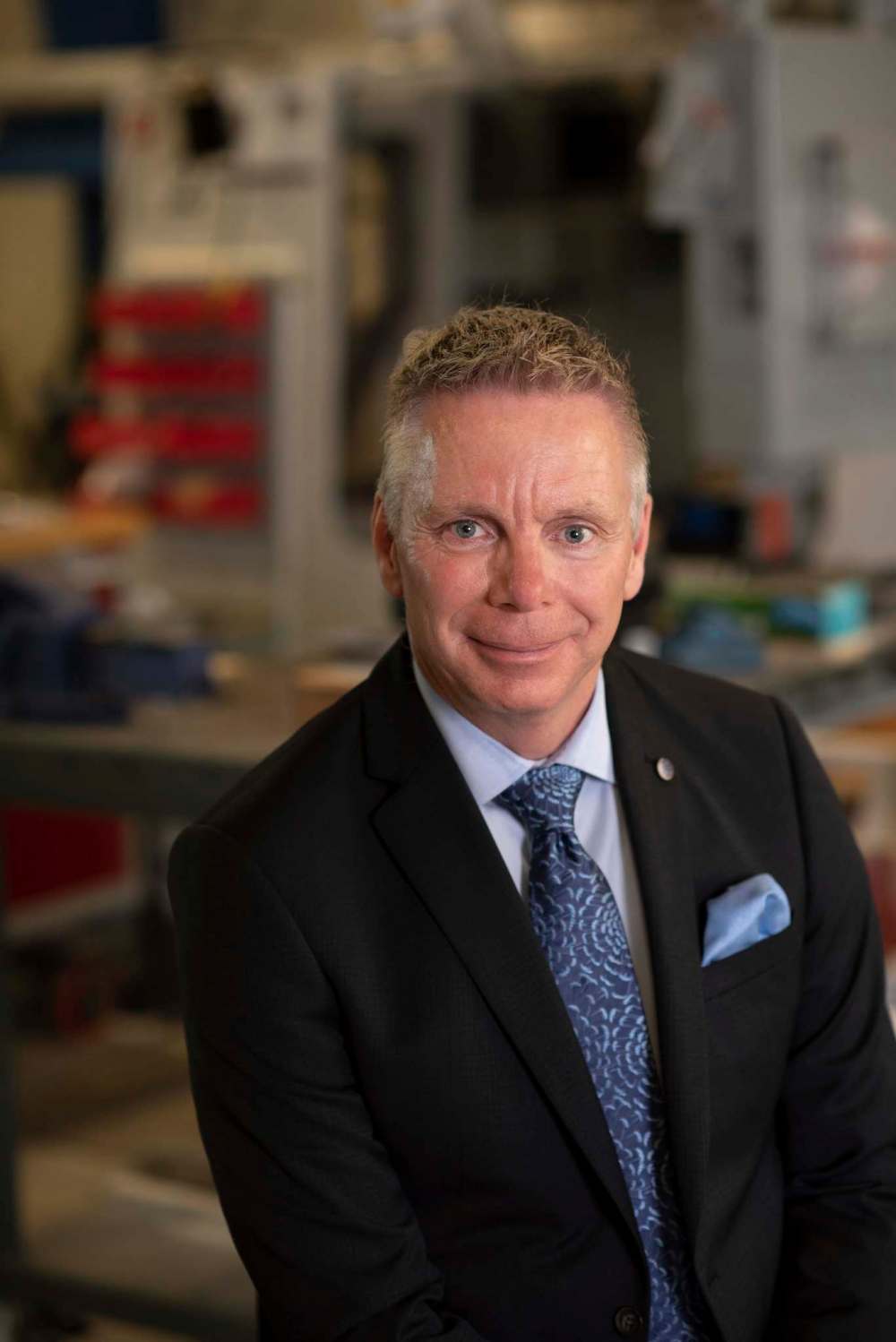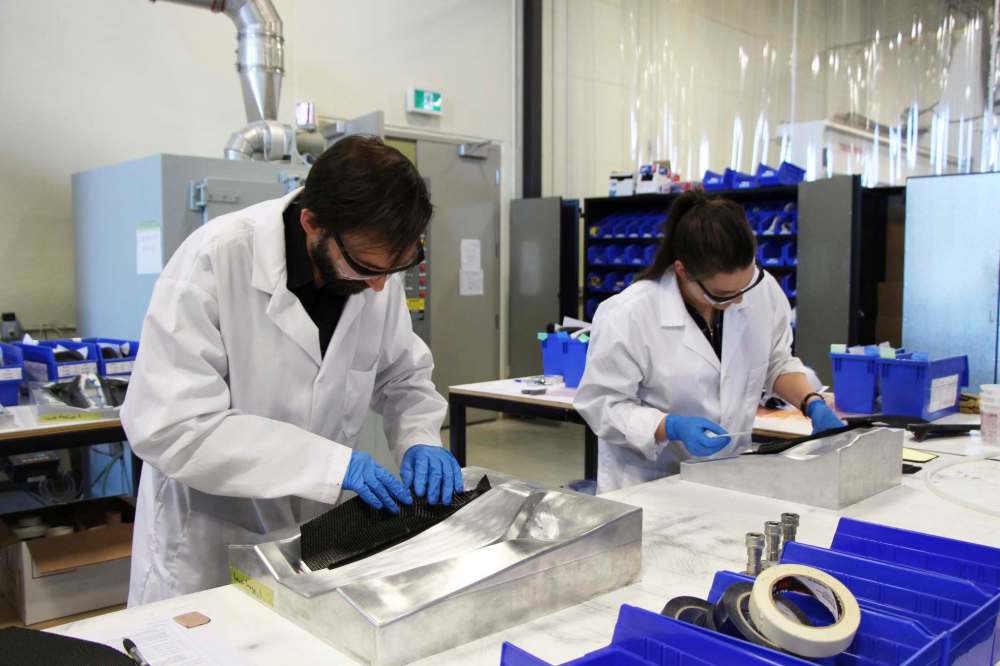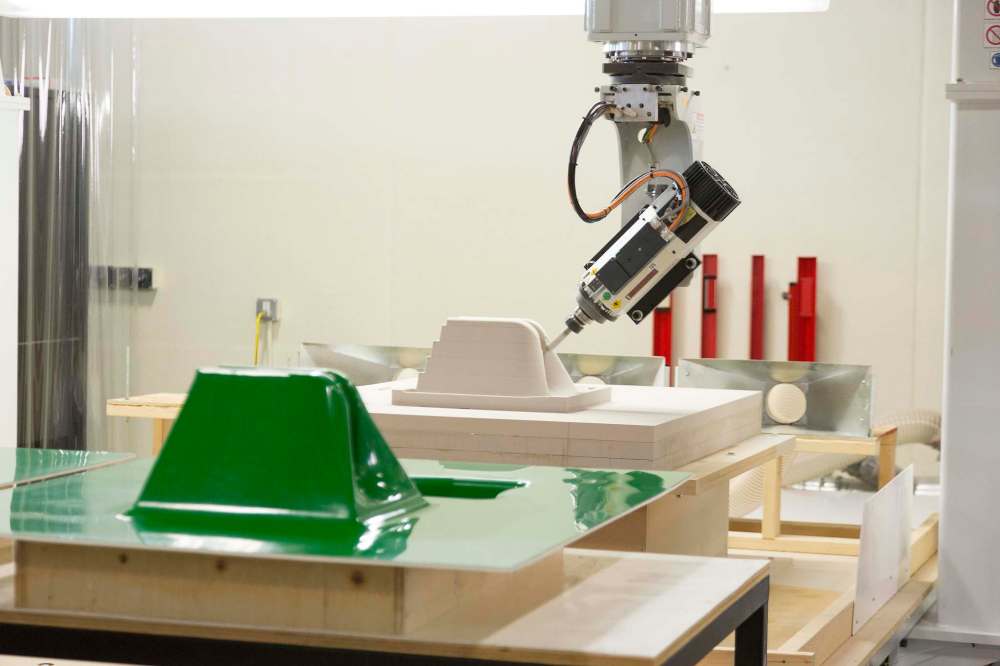R&D corp. gets a reset
New CEO reorganizes, re-brands Composites Innovation Centre
Advertisement
Read this article for free:
or
Already have an account? Log in here »
To continue reading, please subscribe:
Monthly Digital Subscription
$1 per week for 24 weeks*
- Enjoy unlimited reading on winnipegfreepress.com
- Read the E-Edition, our digital replica newspaper
- Access News Break, our award-winning app
- Play interactive puzzles
*Billed as $4.00 plus GST every four weeks. After 24 weeks, price increases to the regular rate of $19.00 plus GST every four weeks. Offer available to new and qualified returning subscribers only. Cancel any time.
Monthly Digital Subscription
$4.75/week*
- Enjoy unlimited reading on winnipegfreepress.com
- Read the E-Edition, our digital replica newspaper
- Access News Break, our award-winning app
- Play interactive puzzles
*Billed as $19 plus GST every four weeks. Cancel any time.
To continue reading, please subscribe:
Add Free Press access to your Brandon Sun subscription for only an additional
$1 for the first 4 weeks*
*Your next subscription payment will increase by $1.00 and you will be charged $16.99 plus GST for four weeks. After four weeks, your payment will increase to $23.99 plus GST every four weeks.
Read unlimited articles for free today:
or
Already have an account? Log in here »
Hey there, time traveller!
This article was published 26/08/2019 (2243 days ago), so information in it may no longer be current.
A year after taking over as head of the Composites Innovation Centre, Doug McCartney has launched a full-fledged reorganization and re-branding of the not-for-profit research and development corporation.
For starters, the organization that was formed in 2003 to increase the capacity of Manitoba manufacturing sector’s expertise in composite materials, will broaden its focus to work with the private sector on applications and technologies related to all materials including plastics and metals.
Budget constraints and changes in market demand has also led the organization to decide to make a more targeted effort to engage with small- and medium-sized operations.

The impetus for the creation of the organization 16 years ago was a former senior executive at Boeing Canada which operates the largest composites manufacturing operation in Canada in Winnipeg.
Since then, the CIC has become a recognized source of development expertise in the field, for example pioneering the development of bio-fibres to be used in mainstream manufacturing.
But while that work is noteworthy, bio-fibre development has not yet developed the kind of supply chain necessary for it to become more widespread and funding of that kind of work will not be as predominant as it has been for the CIC.
In the meantime, the overriding current trend in industry is what is called advanced manufacturing — the use of new digital tools including 3-D printing in the manufacturing process. The National Research Council is in the process of building a $60-million advanced manufacturing centre in Winnipeg and Red River College and the University of Manitoba have both concentrated resources to research and apply those technologies
McCartney said the reorganization is being made in response to feedback from the private sector. He said to some extent the organization was starting to become more distracted at meeting the needs of government rather than serving the needs of industry in Manitoba.

“Now we are transitioning to a more market driven organization,” McCartney said.
As part of that process he said it is likely the word “composites” will be dropped from the name of the organization and will convert to its acronym — CIC — so as to de-emphasize that material as its sole focus.
Other realities include funding cut-backs that have forced layoffs to about 25 per cent of the centre’s staff. While it will remain a not-for-profit public-private partnership, more fee-for-service projects will be sought.
Kevin Lusk, an industry consultant and the vice-chair of the CIC’s board, said the board and industry is supportive of the change.
“Sean McKay (founding CEO who stepped down a year ago) did a tremendous job and provided an extraordinary service to the province,” Lusk said. “But the world changes. Things don’t stand still. It was time for a shift in direction.”

McKay himself, who has been working with the manufacturing industry to uncover potential projects for the new NRC facility also believes the organization he helped grow over 15 years was in need of a bit of a reset.
“It’s a good strategy especially when looking at how advanced manufacturing is the focus now,” he said.
McCartney said both the provincial government and the federal government’s department of Western Economic Diversification — which combined, provided more than 50 per cent of the organization’s budget over the years — are also glad the changes are being made.
He insists that the expertise and industry collaborations that have been developed over the years will be valuable in working with new companies. He said the CIC will spend less time and resources on researching and development new products and technologies and more on helping to enhance the capacity of existing operations, particularly small- and medium-sized ones.
Greg Dandewich, senior vice-president at Economic Development Winnipeg and a long-standing board member at CIC, said the new direction is a natural progression of the work the CIC has always done.

“The fundamental underpinning was to provide applied technology to the private sector in order for them to be able to compete and generate more capacity which then creates more jobs more revenue and so one,” he said. “We are at a stage now where we need to re-evaluate ourselves and continue to make the adjustments in term of how CIC brings value back to the private sector.”
martin.cash@freepress.mb.ca

